Museum of Electrical Engineering

Set in a striking Bauhaus-style building on Kazinczy Street, the Museum of Electrical Engineering in Budapest offers a dynamic exploration of Hungary’s contributions to electrification and innovation. Originally a transformer station, the building itself is a national monument adorned with Zsolnay tiles and art deco flooring. Inside, eight permanent exhibitions trace the evolution of electrical engineering, from railway electrification and lighting technology to transformer production and household appliances. Visitors can interact with historic devices, generate electricity using dynamos, and witness lightning from a replica of Ányos Jedlik’s condenser battery. A highlight is the “Neonparade” in the courtyard, showcasing vintage neon signs that once lit up Budapest’s streets. The museum blends hands-on learning with cultural nostalgia, making it a unique destination for tech enthusiasts and curious travelers alike. Its central location in the Jewish Quarter adds to its appeal, offering a fascinating contrast between industrial heritage and urban vibrancy.
Budapest HungaryThe Museum of Electrical Engineering (Hungarian Electrotechnical Museum) is located at Kazinczy utca 21, in Budapest’s lively 7th district, Erzsébetváros, an area renowned for its historic Jewish Quarter atmosphere and vibrant nightlife. Housed in a former Bauhaus-style transformer station—a national monument with original Zsolnay tile and art deco details—the museum offers a journey through Hungary’s rich history of electrification, engineering, and design innovation. Visitors can explore interactive exhibits spanning railway electrification, lighting, transformers, vintage household appliances, and rare gadgets, as well as the nostalgic open-air "Neonparade" of classic Hungarian neon shop signs in the inner courtyard. The museum is just steps away from the Dohány Street Synagogue, Europe’s largest synagogue, and close to other district highlights like ruin bars, quirky cafés, and street art. Rákóczi út and Uránia National Film Theatre are a short walk, linking you to the city’s main sights by public transport or foot. Its central location makes it easy to combine a visit with exploring Budapest’s culture, cuisine, and historic architecture in one of its most dynamic neighborhoods.
 Hungarian National Museum
Budapest
Hungarian National Museum
Budapest
 Museum of Fine Arts Budapest
Budapest
Museum of Fine Arts Budapest
Budapest
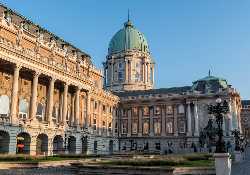 Hungarian National Gallery
Budapest
Hungarian National Gallery
Budapest
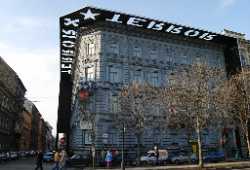 House of Terror Museum
Budapest
House of Terror Museum
Budapest
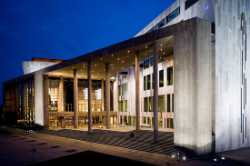 Ludwig Museum of Contemporary Art
Budapest
Ludwig Museum of Contemporary Art
Budapest
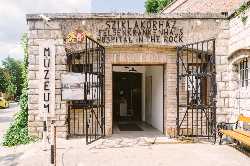 Hospital in the Rock Museum
Budapest
Hospital in the Rock Museum
Budapest
 Műcsarnok
Budapest
Műcsarnok
Budapest
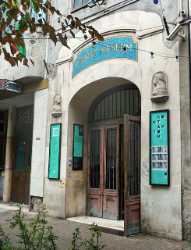 Ernst Museum
Budapest
Ernst Museum
Budapest
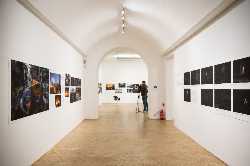 Robert Capa Contemporary Photography Center
Budapest
Robert Capa Contemporary Photography Center
Budapest
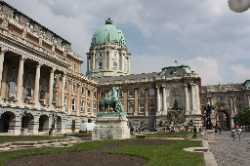 Buda Castle
Budapest
Buda Castle
Budapest
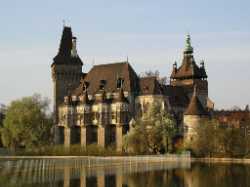 Vajdahunyad Castle
Budapest
Vajdahunyad Castle
Budapest
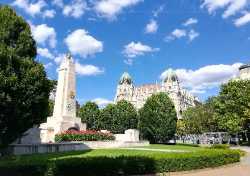 Szabadság Square
Budapest
Szabadság Square
Budapest
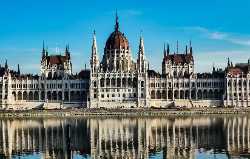 Parliament Building
Budapest
Parliament Building
Budapest
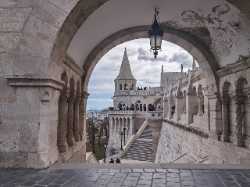 Fisherman’s Bastion
Budapest
Fisherman’s Bastion
Budapest
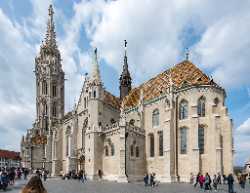 Matthias Church
Budapest
Matthias Church
Budapest
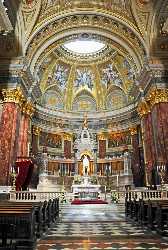 St. Stephen’s Basilica
Budapest
St. Stephen’s Basilica
Budapest
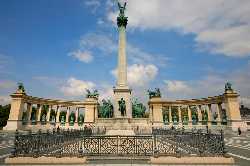 Heroes’ Square
Budapest
Heroes’ Square
Budapest
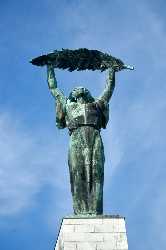 Liberty Statue Gellért Hill
Budapest
Liberty Statue Gellért Hill
Budapest
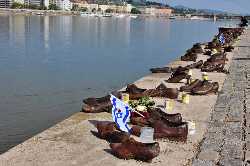 Shoes on the Danube Bank
Budapest
Shoes on the Danube Bank
Budapest
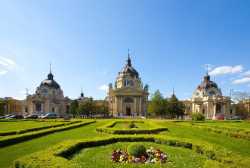 City Park Városliget
Budapest
City Park Városliget
Budapest
 Margaret Island
Budapest
Margaret Island
Budapest
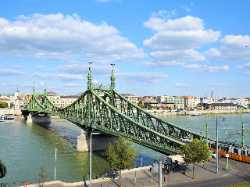 Liberty Bridge
Budapest
Liberty Bridge
Budapest
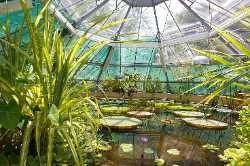 Budapest Botanical Garden
Budapest
Budapest Botanical Garden
Budapest
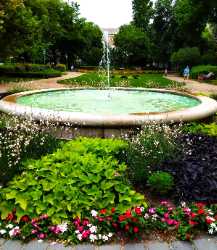 Károlyi Garden
Budapest
Károlyi Garden
Budapest
 Vörösmarty Square
Budapest
Vörösmarty Square
Budapest
 Széchenyi Chain Bridge
Budapest
Széchenyi Chain Bridge
Budapest
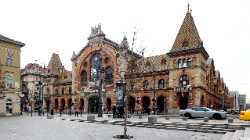 Great Market Hall
Budapest
Great Market Hall
Budapest
 Lehel Market
Budapest
Lehel Market
Budapest
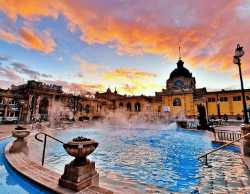 Széchenyi Thermal Bath
Budapest
Széchenyi Thermal Bath
Budapest
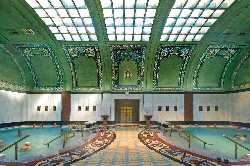 Gellért Baths
Budapest
Gellért Baths
Budapest
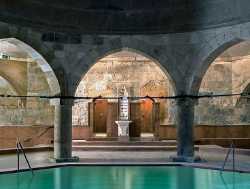 Rudas Baths
Budapest
Rudas Baths
Budapest
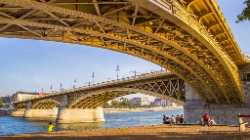 Margaret Bridge
Budapest
Margaret Bridge
Budapest
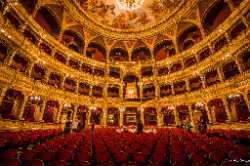 Hungarian State Opera House
Budapest
Hungarian State Opera House
Budapest
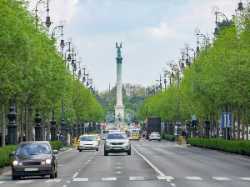 Andrássy Avenue
Budapest
Andrássy Avenue
Budapest
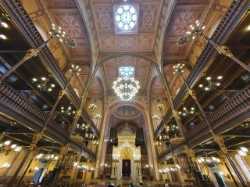 Dohány Street Synagogue
Budapest
Dohány Street Synagogue
Budapest
 Memento Park
Budapest
Memento Park
Budapest
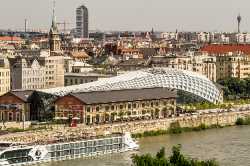 Bálna Budapest
Budapest
Bálna Budapest
Budapest
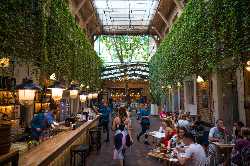 Ruin Bars
Budapest
Ruin Bars
Budapest
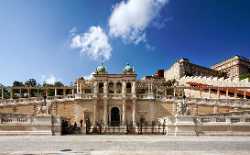 Castle Garden Bazaar
Budapest
Castle Garden Bazaar
Budapest
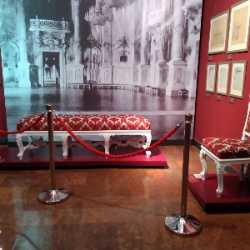 Budapest History Museum
Budapest
Budapest History Museum
Budapest
 Hungarian Natural History Museum
Budapest
Hungarian Natural History Museum
Budapest
 Hungarian Ethnographic Museum
Budapest
Hungarian Ethnographic Museum
Budapest
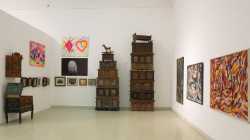 Kunsthalle Budapest
Budapest
Kunsthalle Budapest
Budapest
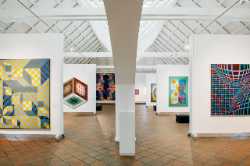 Vasarely Museum
Budapest
Vasarely Museum
Budapest
 Kiscelli Museum
Budapest
Kiscelli Museum
Budapest
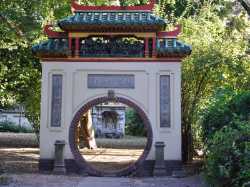 Ferenc Hopp Museum of Asiatic Arts
Budapest
Ferenc Hopp Museum of Asiatic Arts
Budapest
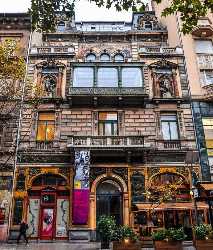 Mai Manó House
Budapest
Mai Manó House
Budapest
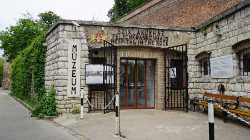 Hospital in the Rock Nuclear Bunker Museum
Budapest
Hospital in the Rock Nuclear Bunker Museum
Budapest
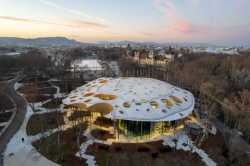 House of Hungarian Music
Budapest
House of Hungarian Music
Budapest
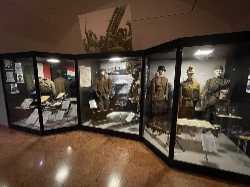 Museum of Military History
Budapest
Museum of Military History
Budapest
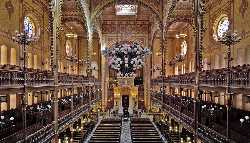 Hungarian Jewish Museum & Archives
Budapest
Hungarian Jewish Museum & Archives
Budapest
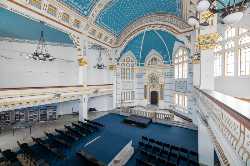 Holocaust Memorial Center
Budapest
Holocaust Memorial Center
Budapest
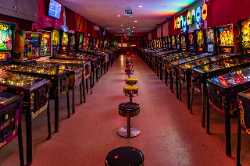 Flippermúzeum
Budapest
Flippermúzeum
Budapest
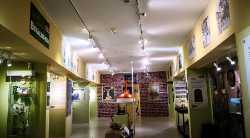 Museum of Trade and Tourism
Budapest
Museum of Trade and Tourism
Budapest
 Budapest Postal Museum
Budapest
Budapest Postal Museum
Budapest
 Agricultural Museum
Budapest
Agricultural Museum
Budapest
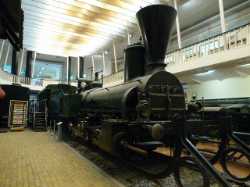 Technical and Transportation Museum
Budapest
Technical and Transportation Museum
Budapest
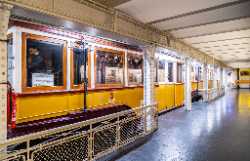 Underground Railway Museum
Budapest
Underground Railway Museum
Budapest
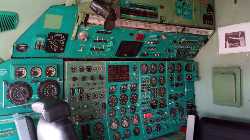 Aeropark Aviation Museum
Budapest
Aeropark Aviation Museum
Budapest
 Szamos Chocolate Museum
Budapest
Szamos Chocolate Museum
Budapest
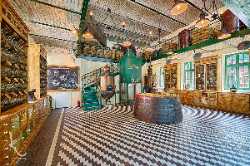 Zwack Unicum Museum
Budapest
Zwack Unicum Museum
Budapest
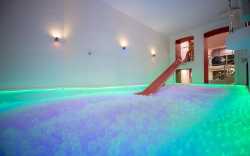 Museum of Sweets and Selfies
Budapest
Museum of Sweets and Selfies
Budapest
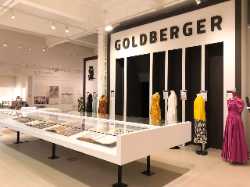 Goldberger Collection of Textile Industry
Budapest
Goldberger Collection of Textile Industry
Budapest
 Godot Institute of Contemporary Art
Budapest
Godot Institute of Contemporary Art
Budapest
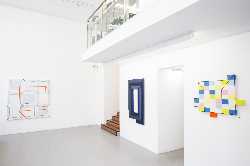 Faur Zsófi Gallery
Budapest
Faur Zsófi Gallery
Budapest
 Deák17 Youth Art Gallery
Budapest
Deák17 Youth Art Gallery
Budapest
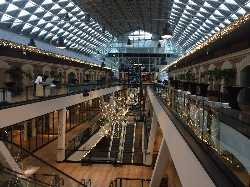 New Budapest Gallery
Budapest
New Budapest Gallery
Budapest
 Várfok Gallery
Budapest
Várfok Gallery
Budapest
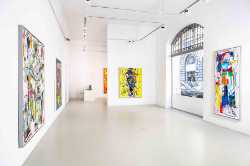 Deák Erika Gallery
Budapest
Deák Erika Gallery
Budapest
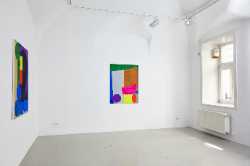 Kisterem Gallery
Budapest
Kisterem Gallery
Budapest
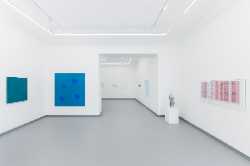 Ani Molnár Gallery
Budapest
Ani Molnár Gallery
Budapest
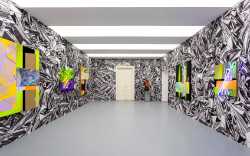 acb Gallery
Budapest
acb Gallery
Budapest
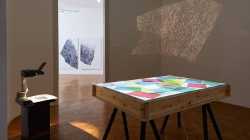 Inda Gallery
Budapest
Inda Gallery
Budapest
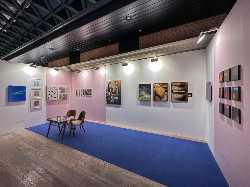 TOBE Gallery
Budapest
TOBE Gallery
Budapest
 ISBN books+gallery
Budapest
ISBN books+gallery
Budapest
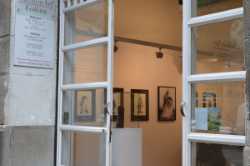 MissionArt Gallery
Budapest
MissionArt Gallery
Budapest
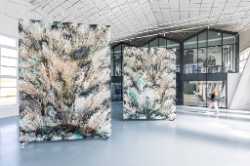 Kahan Art Space
Budapest
Kahan Art Space
Budapest
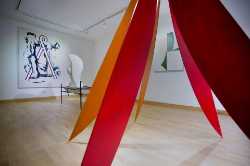 Trapéz Gallery
Budapest
Trapéz Gallery
Budapest
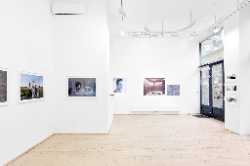 VILTIN Gallery
Budapest
VILTIN Gallery
Budapest
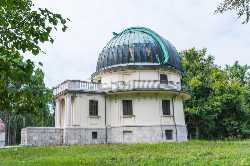 Konkoly Observatory
Budapest
Konkoly Observatory
Budapest
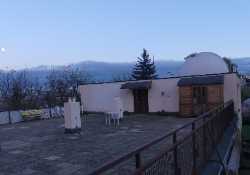 Polaris Observatory
Budapest
Polaris Observatory
Budapest